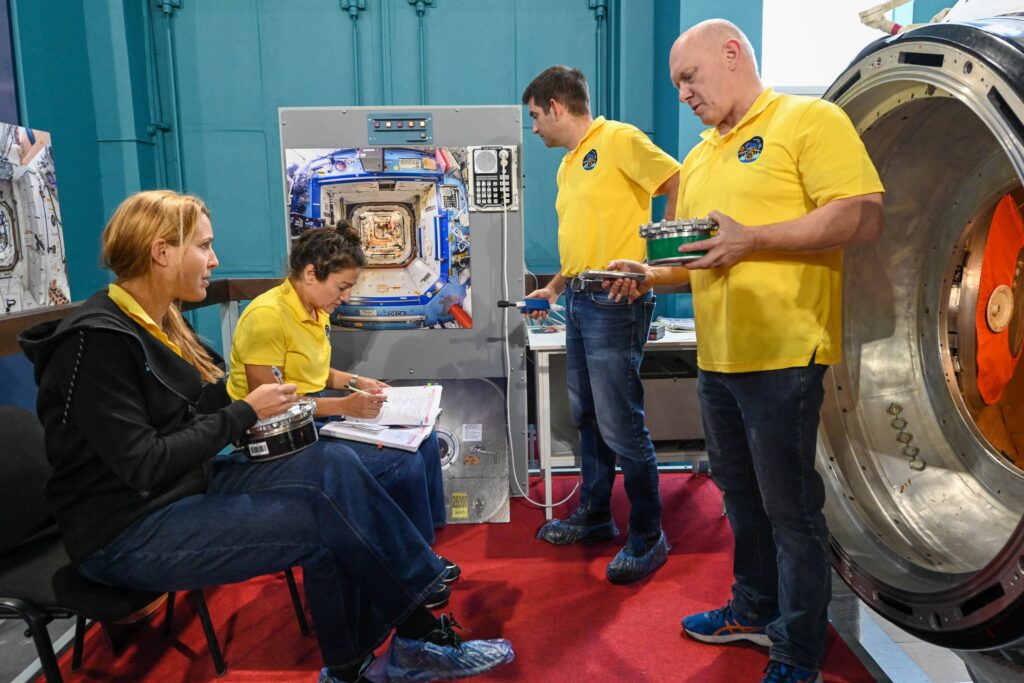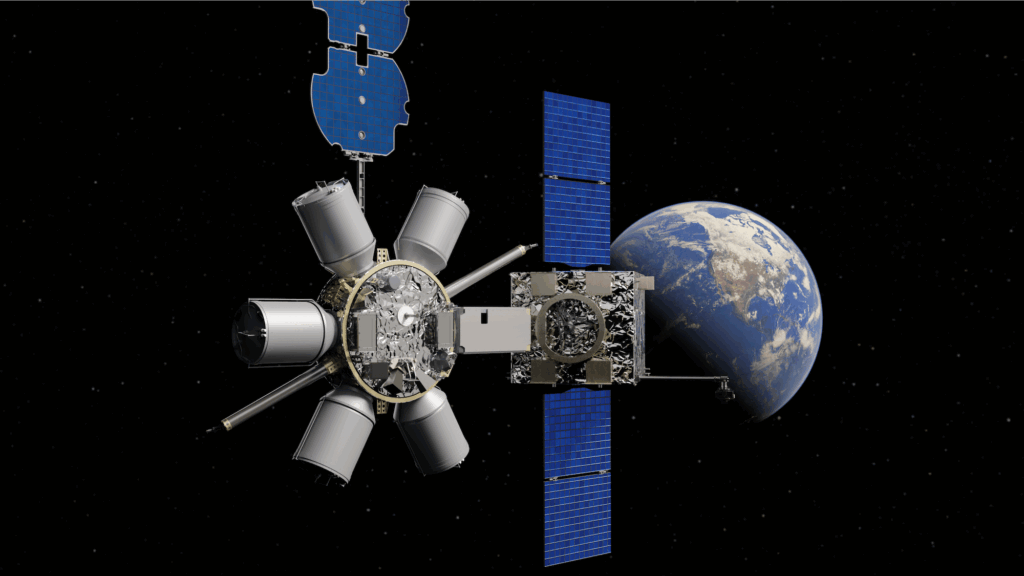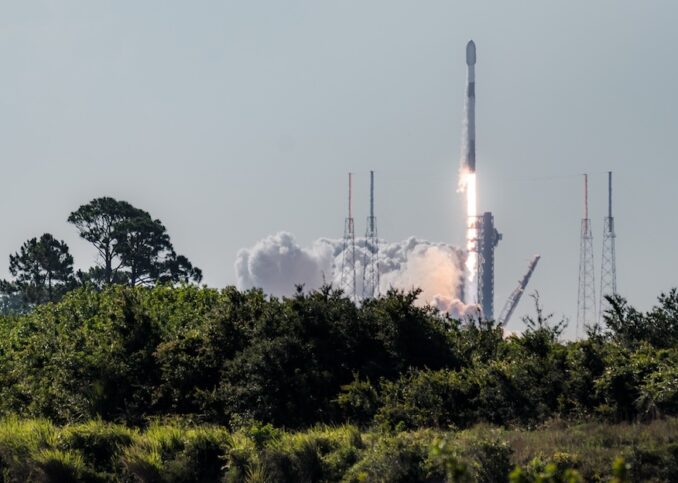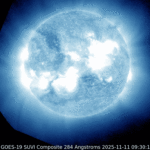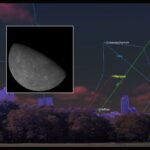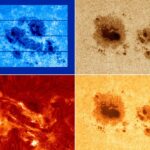Now Reading: Xplore reveals hyperspectral imagery from first satellite
-
01
Xplore reveals hyperspectral imagery from first satellite
Xplore reveals hyperspectral imagery from first satellite
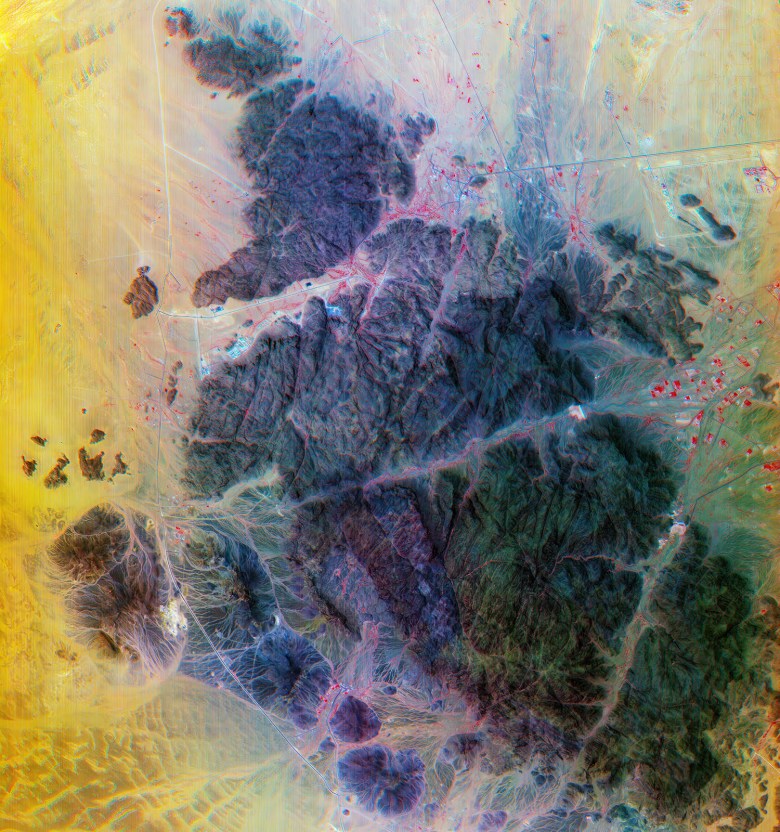
SAN FRANCISCO – Xplore Inc. unveiled hyperspectral imagery from XCUBE-1, the initial satellite in the Bellevue, Washington, startup’s remote-sensing constellation.
Since XCUBE-1 was launched in December, Xplore has “built the pipeline for tasking” imagery for its first customer under contract, Lisa Rich, Xplore founder and chief operating officer told SpaceNews. Rich declined to identify the customer.
Now, Xplore is inviting additional customers to request samples to assess hyperspectral data for programs and projects.
XCUBE-1, a six-unit cubesat, provides imagery with a resolution of 5 meters per pixel “across a broad array of spectral bands” for defense and intelligence, agriculture, forestry and other applications,” according to Xplore’s June 10 news release.
Defense and intelligence users, for example, can “see disturbed soil to find newly laid minefields or see through camouflage,” the news release said. Hyperspectral data also offers farmers “a granular understanding of soil quality, moisture levels, nutrient requirements, pest infestation, fertilizer run off.”
For forestry and wildfire prevention, Xplore’s hyperspectral data paired with software from industry partners can “accurately identify tree and crop species, assess vegetation health and moisture content, and precisely map critical fire sources such as thick canopies and deadwood,” according to the news release. And hyperspectral data reveals “spectral signatures of individual vessels,” aiding in “prevention of illegal fishing, dumping, trafficking, and other illicit activities.”

Space Domain Awareness
Xplore satellites can collect images of satellites and debris, under the company’s National Oceanic and Atmospheric Administration license.
“During close conjunctions, Xplore can image at very high resolution, and equally important, collect a spectral signature on the other orbiting asset,” according to the news release. “There is an important need to monitor adversarial satellites for the U.S. and allied defense and intelligence agencies.”
Xplore also can identify defunct rocket boosters and fairings by determining their material properties with hyperspectral data, the news release added.
“Our imagery is outperforming expectations, and its exceptional quality stems from the sophisticated ground calibration of our instruments and data processing pipeline,” Jeff Rich, Xplore founder and CEO, said in a statement. “Xplore is focused on providing high-quality data products for our customers and partners. We expect demand for high-quality hyperspectral imagery to expand rapidly in multiple domains.”
“We’re thrilled with Xplore’s progress and are thankful for our talented team and partners,” Lisa Rich said in a statement. “Their hard work and dedication are clearly reflected in the outstanding imagery we’re producing.”
Stay Informed With the Latest & Most Important News
Previous Post
Next Post
-
 012024 in Review: Highlights from NASA in Silicon Valley
012024 in Review: Highlights from NASA in Silicon Valley -
 02Panasonic Leica Summilux DG 15mm f/1.7 ASPH review
02Panasonic Leica Summilux DG 15mm f/1.7 ASPH review -
 03How New NASA, India Earth Satellite NISAR Will See Earth
03How New NASA, India Earth Satellite NISAR Will See Earth -
 04And Thus Begins A New Year For Life On Earth
04And Thus Begins A New Year For Life On Earth -
 05Astronomy Activation Ambassadors: A New Era
05Astronomy Activation Ambassadors: A New Era -
06SpaceX launch surge helps set new global launch record in 2024
-
 07Space Force plans new ‘Futures Command’ amid pressure to speed up modernization
07Space Force plans new ‘Futures Command’ amid pressure to speed up modernization













